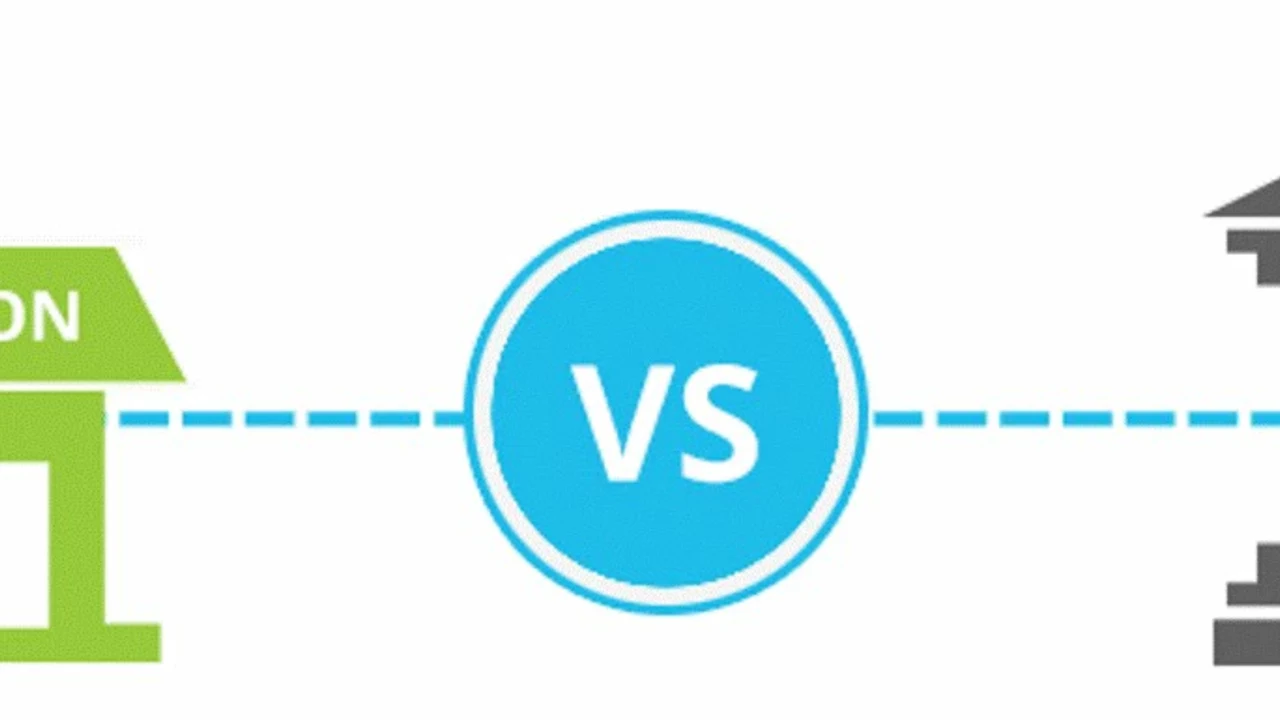Do credit unions sell loans as banks sometimes do?
 Jul, 25 2023
Jul, 25 2023
Understanding The Functioning of Credit Unions vs Banks
In the financial world, banks and credit unions are two of the most common entities people interact with. While they may seem similar on the surface, there are key differences in their structure, operations, and objectives. Banks are for-profit organizations, owned by shareholders and focused on maximizing profits. Credit unions, on the other hand, are not-for-profit organizations, owned by their members and focused on providing affordable financial services to their members.
One common practice in the banking industry is the selling of loans. This involves a bank originating a loan, then selling it to another financial institution. The selling bank recoups its money, while the buying institution earns interest over the life of the loan. But do credit unions engage in this practice too? Let's explore.
Do Credit Unions Sell Loans?
Yes, credit unions can and do sell loans, but it's important to understand that not all credit unions do this, and the ones that do, do it for different reasons than banks. Banks often sell loans to free up their balance sheets and generate immediate cash flow. Credit unions, being not-for-profit entities, often sell loans to manage their risk and ensure the financial stability of the credit union.
It's also important to note that when a credit union sells a loan, the terms of the loan do not change. The borrower's agreement remains with the original credit union, and the terms cannot be altered by the buying institution. This is a key difference between banks and credit unions and one that benefits credit union members.
How Does the Loan Sale Process Work in Credit Unions?
When a credit union sells a loan, it typically does so through a process called loan participation. This involves selling a portion of a loan to another credit union. The selling credit union retains a portion of the loan and continues to service it, meaning it collects the payments and manages the account. The buying credit union receives a proportionate share of the payments.
This process allows credit unions to diversify their loan portfolios and share risk. It also allows smaller credit unions to participate in larger loans that they might not be able to fund on their own. In essence, loan participation enables credit unions to work together to better serve their members.
Why Credit Unions Sell Loans
While banks sell loans to boost their profits, credit unions sell loans as a risk management strategy. By selling a portion of a loan, a credit union can reduce its exposure to a single borrower or a particular type of loan. This is especially important for credit unions that have a high concentration of a specific type of loan, such as mortgages or auto loans.
Selling loans also allows credit unions to offer more loans to their members. Because credit unions are not-for-profit entities, they have a limit on how much they can lend. By selling loans, they can free up capital to provide more loans to other members.
The Impact on Credit Union Members
When a credit union sells a loan, it typically has little to no impact on the member who took out the loan. The terms of the loan remain unchanged, and the member continues to make payments to the original credit union. The only difference is that a portion of the payments is distributed to another credit union.
However, the practice of selling loans can benefit members in other ways. By managing their risk and diversifying their loan portfolios, credit unions can maintain their financial stability. This ensures they can continue to offer affordable financial services to their members. In the end, the practice of selling loans is another way that credit unions work to serve the best interests of their members.